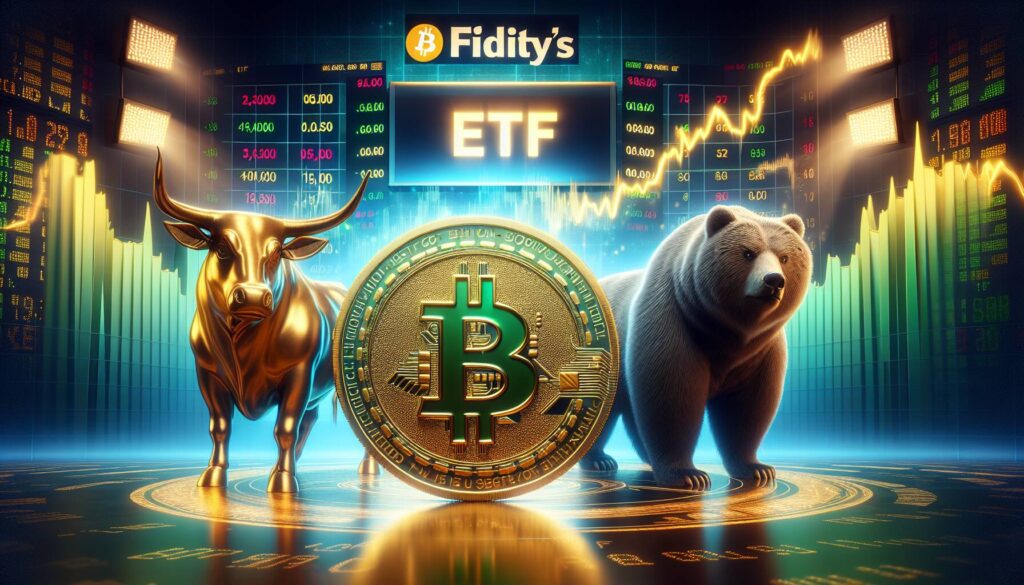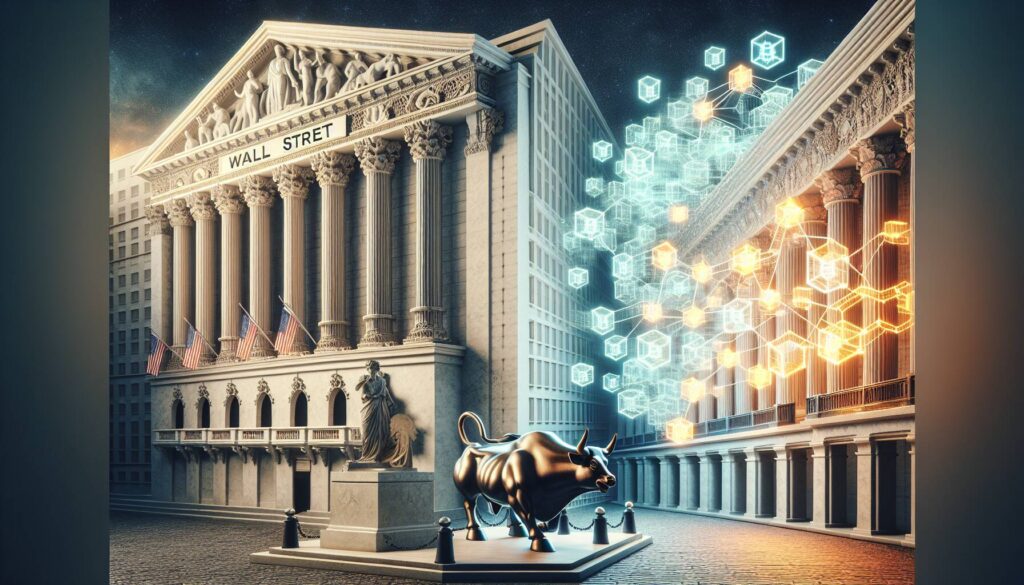In a significant observation from the banking sector, there’s fresh evidence that bitcoin and ether, two of the most prominent cryptocurrencies, are exhibiting a correlated movement with traditional U.S. equities and gold. This trend suggests that, rather than moving independently, these digital assets are reacting similarly to the broader financial market dynamics.
As analysts from the bank pointed out, the synchronization of cryptocurrency values with stocks and precious metals could indicate a shift in investor sentiment. In times of economic uncertainty, cryptocurrencies often behave like alternative assets, drawing interest amid fluctuating market conditions.
“The latest data shows that bitcoin and ether are aligning with the movements of both equities and gold, signaling a potential trend that could influence investment strategies,” the bank stated.
This correlation adds another layer to the ongoing discussion about the role of cryptocurrencies in a diversified portfolio. As they continue to mature, understanding their relationship with established financial indicators can provide valuable insights for investors and market watchers alike.
Bitcoin and Ether’s Correlation with U.S. Equities and Gold
The recent movement of bitcoin and ether in relation to traditional assets may have significant implications for investors and market watchers.
- Correlation with U.S. Equities:
- Both bitcoin and ether are showing similar price movements to U.S. stock markets.
- This trend suggests that cryptocurrency markets may be influenced by investor sentiment in equities.
- Relationship with Gold:
- Bitcoin and ether are also tracking alongside gold prices.
- This behavior indicates a potential shift in how cryptocurrencies are perceived as a store of value.
- Impact on Investment Strategies:
- Investors may need to adjust their strategies, considering the movements of cryptocurrencies alongside traditional assets.
- Diversification approaches could be re-evaluated due to this correlation.
- Psycho-Social Influence:
- The overlapping trends could affect public perception of cryptocurrency’s stability and reliability.
- Market behavior may incite increased participation from traditional investors in the crypto space.
Bitcoin and Ether: A New Correlation with U.S. Equities and Gold
The recent announcement from a major bank highlights an intriguing trend: Bitcoin and Ether are now moving in tandem with U.S. equities and gold. This correlation is not just a passing phenomenon; it underscores a significant shift in market dynamics, posing both opportunities and challenges for investors.
One competitive advantage of this development is the potential for diversification. Traditionally, cryptocurrencies like Bitcoin and Ether have been seen as independent assets, but their newfound alignment with equities and gold may make them more appealing to traditional investors seeking to hedge against inflation and market volatility. This could attract a broader audience, including institutional investors who have previously been hesitant to enter the cryptocurrency space.
However, this correlation also introduces potential disadvantages. If cryptocurrencies begin to mirror the fluctuations of U.S. equities, they may lose their perceived status as a safe haven asset, diminishing their appeal during times of economic downturn. Investors looking for stability in digital currencies may find this trend problematic, as the unpredictability of stock markets could influence crypto prices adversely.
This news primarily benefits those who are already invested in digital assets, as it may lead to increased liquidity and interest from traditional finance sectors. Conversely, it may create challenges for purists and advocates of decentralization, who have long championed the idea of cryptocurrencies as distinct from traditional financial systems. The blending of these markets could undermine the original ethos of cryptocurrencies, which many view as a crucial aspect of their value proposition.















